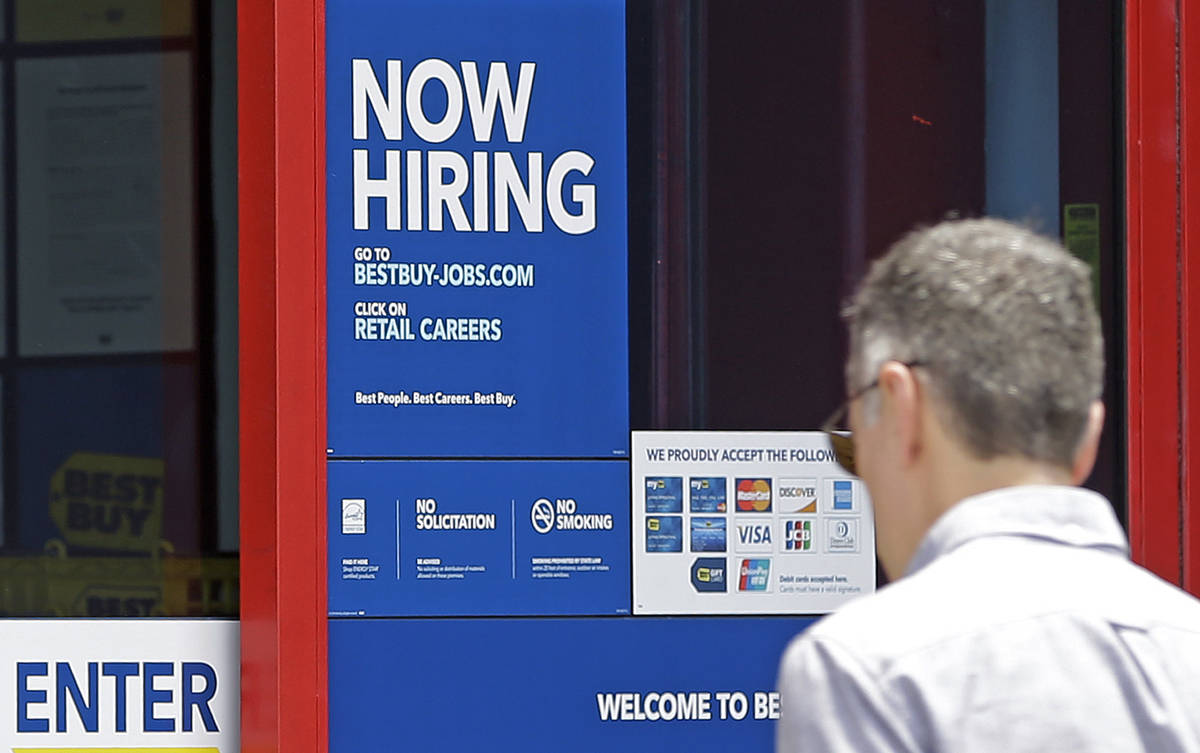EDITORIAL: Will lockdowns level U.S. economy for a decade?
The obvious human toll of the coronavirus in the United States is represented by the rising death count, which now exceeds 106,000. The not-so-obvious human toll of the coronavirus is the emotional and economic destruction wrought by nearly three months of lockdowns.
And some observers now fear the latter could be more far-reaching than anticipated, which has major significance for state and local governments, federal fiscal policy and pubic health experts.
The Wall Street Journal reported Wednesday that the Congressional Budget Office has adjusted its economic projections for the next decade to reflect a cumulative $7.9 trillion reduction in U.S. economic output over the next 10 years, adjusted for inflation, thanks to coronavirus restrictions. That amounts to a 3 percent hit for the country’s gross domestic product.
“GDP isn’t expected to catch up to the previously forecast level,” the Journal explains, “until the fourth quarter of 2029, the CBO said.”
These projections from the nonpartisan legislative agency include consideration of the $3.3 trillion Congress has already allocated to mitigate the severity of the pandemic’s economic carnage. “After you get the initial bounce of economic activity simply from removing the lockdowns,” Michelle Meyer, chief U.S. economist for BofA Merrill Lynch, told the Journal, “I think what we’ll see is an economy that is running at notably below where we were prior to COVID. It’s going to take a long time to heal. There will be scars as a result of such a painful shock to the economy.”
The CBO could be wrong, of course. Other experts have a more optimistic view, in large part because the current slowdown is the result of self-inflicted lockdowns rather than a reflection of underlying structural problems in the economy. Absent a serious surge in coronavirus cases in the coming months, they believe the business sector and consumer confidence may be poised for a rapid rebound.
But if the CBO numbers are even in the ballpark, Nevada and its local governments face significant challenges. A drawn-out recovery means a lengthier stagnation of tax revenues, extended high unemployment and a potential long-term slowdown in business investment. That’s not a formula to sustain double-digit budget increases. The federal government is free to risk rampant inflation by running multitrillion-dollar deficits, but state and local governments, thankfully, have no such luxury.
As for public health professionals, a depression or even a prolonged recovery will raise many questions about the utility of massive lockdowns as a tool for fighting disease. If a 10-week national quarantine and a gradual reopening is enough to char the nation’s economic landscape for a decade, would it be wise to ever repeat this experiment? Rest assured that, at some point in the future, we will find out.





























